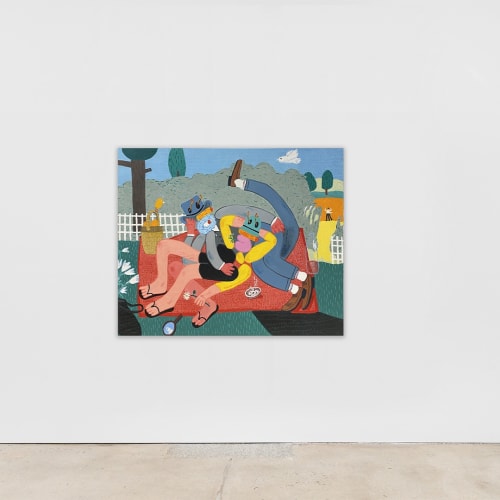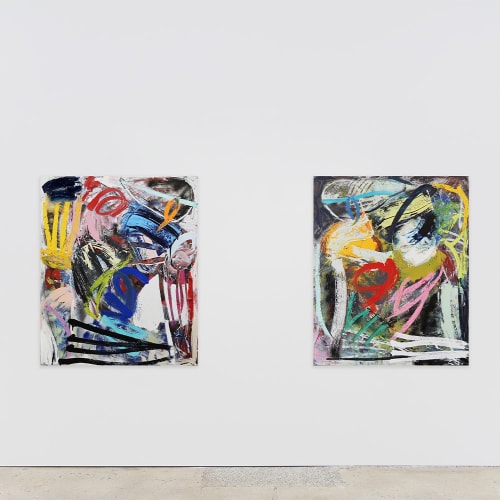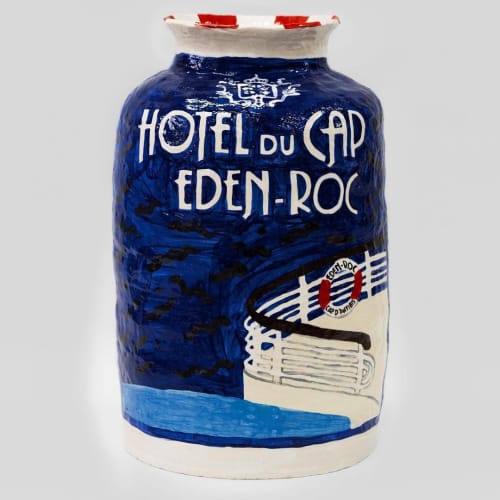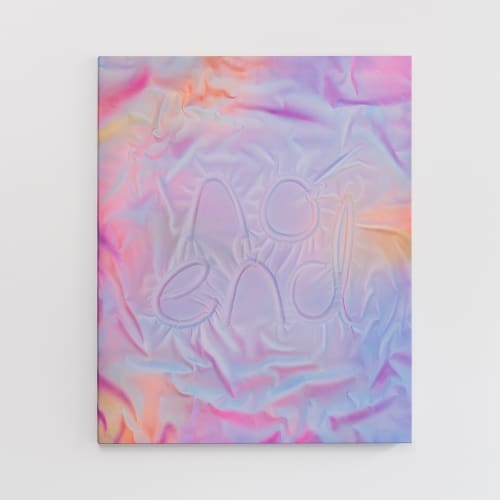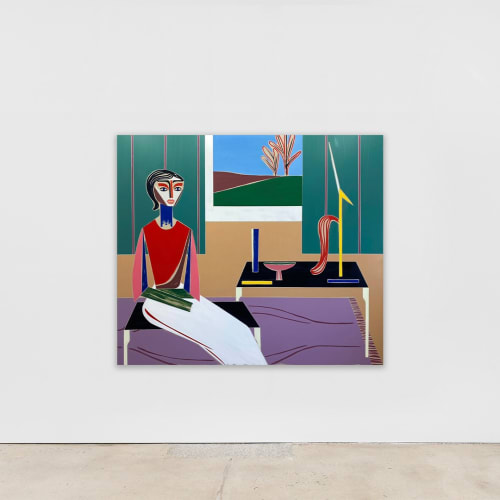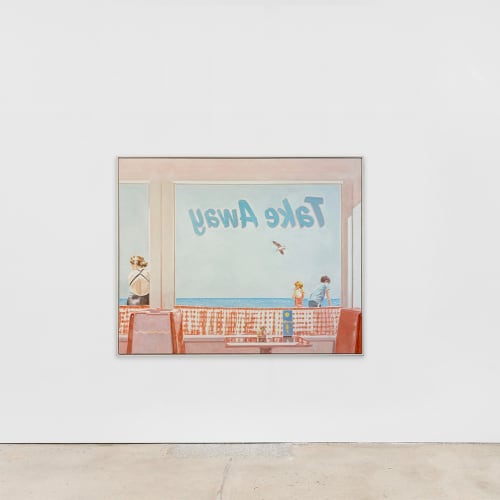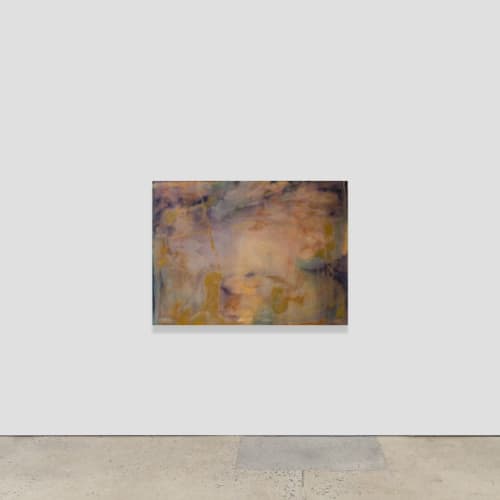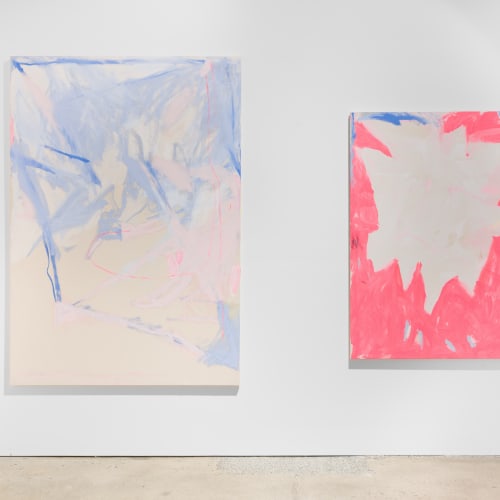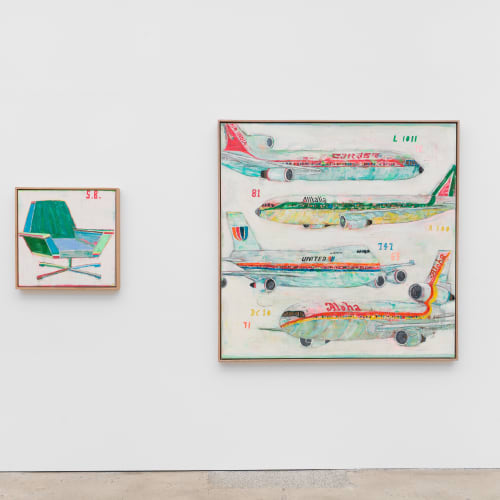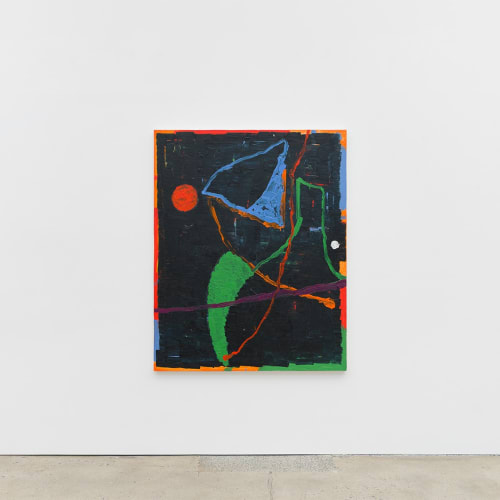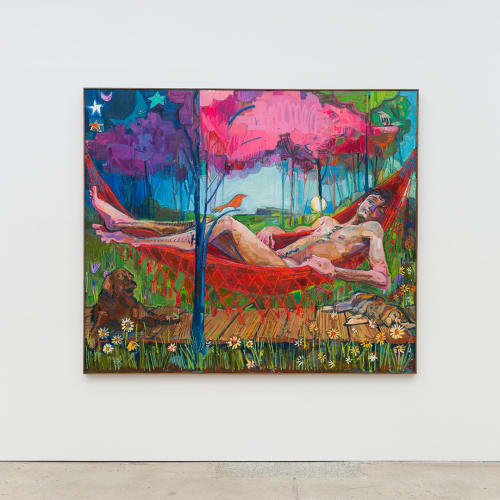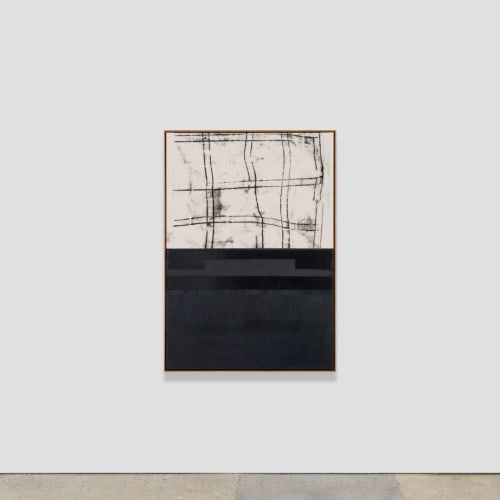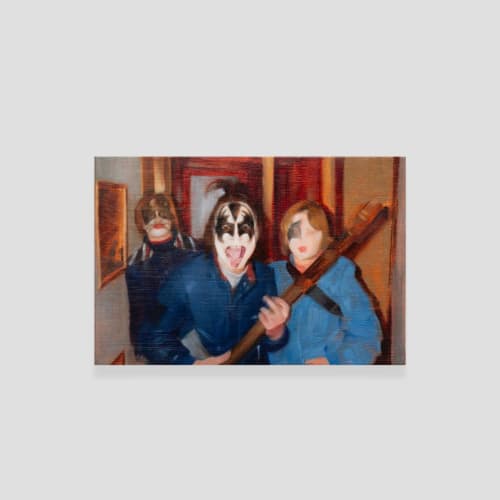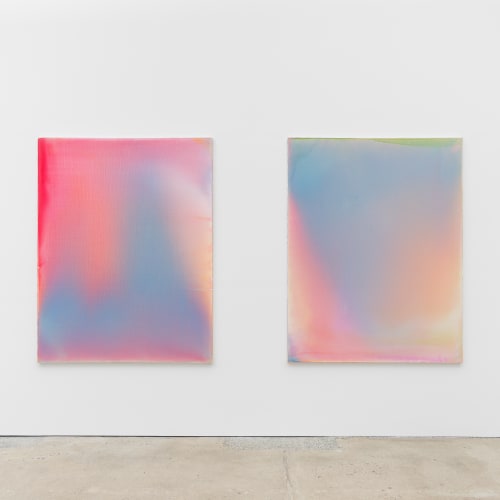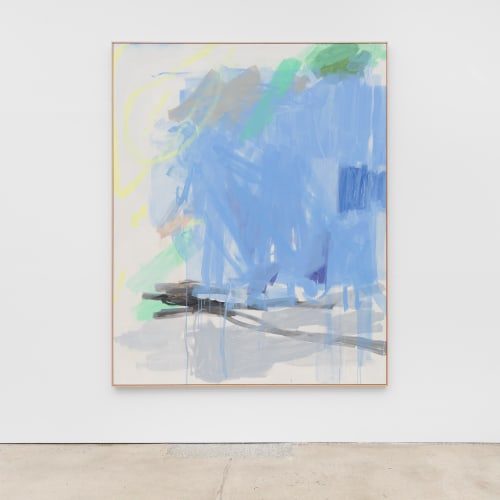-
Cesc Abad
-
Doug Argue
-
Johanna Bath
-
Xavier Baxter
-
Cosimo Casoni
-
Jake Clark
-
Ben Crase
-
Maximilian Daniels
-
Preston Daniels
-
Cannon Dill
-
Gabrielle Dunayski
-
Nacho Eterno
-
Bel Fullana
-
Monica Kim Garza
-
Henrik Godsk
-
David Griggs
-
Angus Hamra
-
Craig Handley
-
Adam Laurence Hedley
-
Gabriele Herzog
-
Dana James
-
Jordy Kerwick
-
Adam Lester
-
Ces McCully
-
Galina Munroe
-
Humberto Poblete-Bustamante
-
Javier Ruiz
-
Andrew Salgado
-
Ryan Schneider
-
Søren Sejr
-
Jeremy Shockley
-
Bridget Stehli
-
Michael Swaney
-
Thérèse Mulgrew
-
Thorbjørn Bechmann
-
Yvonne Robert
-
Scout Zabinski
-
Zhuang Hong Yi
